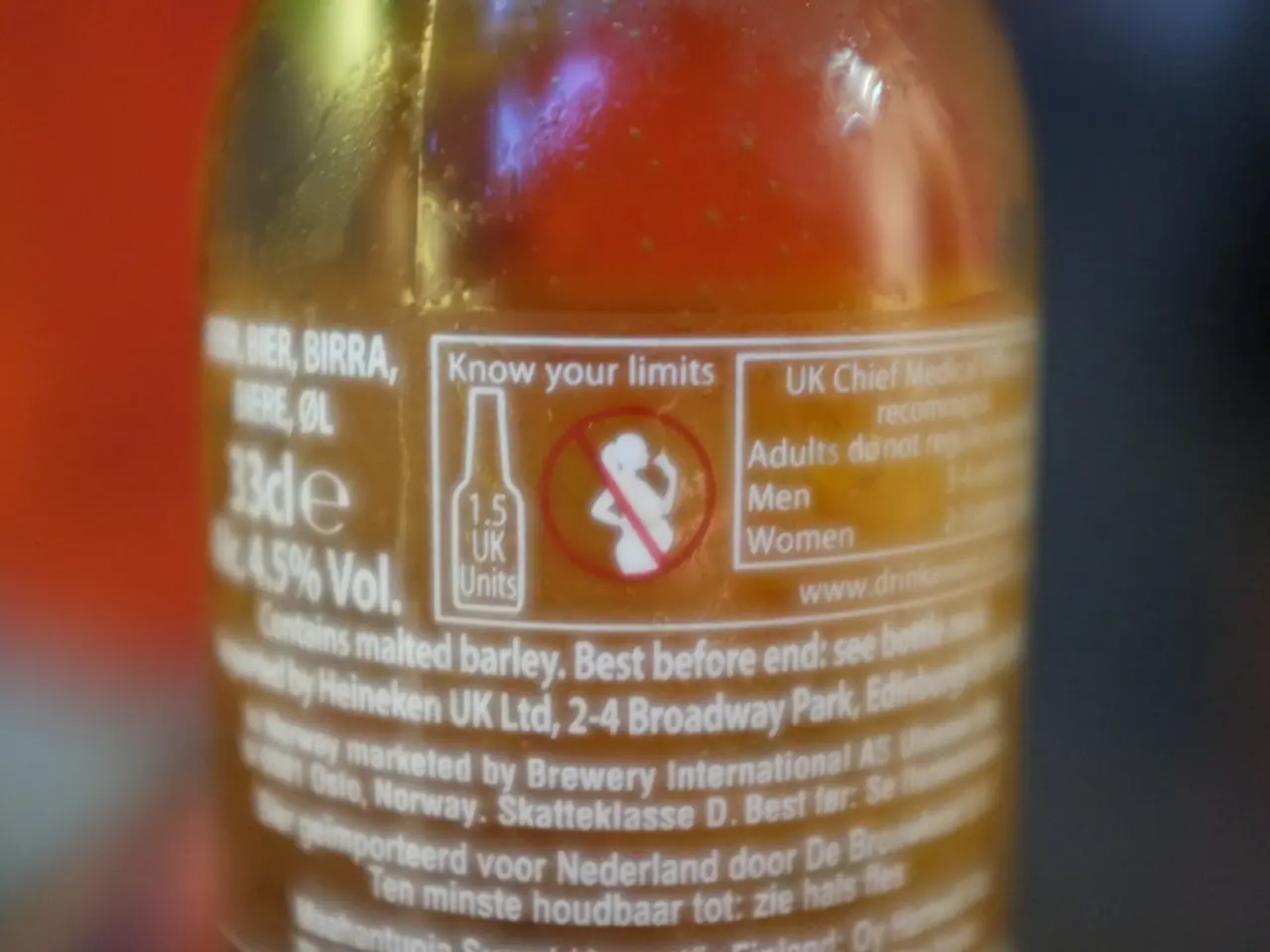Adolescent Psychological Well-being: Stressors, Obstacles, and Resources
=====================================================================================
As children enter the "middle childhood" or "young teen" years, also known as the developmental stage of a tween, between the ages of 9-12, they face a multitude of physical, emotional, and social changes. This period is significant as tweens start to solidify their personality and explore independence [1].
According to the National Alliance on Mental Illness (NAMI) and the World Health Organization (WHO), mental health challenges are common during this stage. Approximately 17% of children between 6 and 17 live with a mental health disorder, and anxiety disorders affect around 10% of 10- to 14-year-olds [2][3]. Depression, too, is a concern, affecting 1.1% of children in the same age group [3].
Common mental health challenges faced by tweens include anxiety (such as social and generalized anxiety), depression, stress related to academic and social pressures, identity confusion, and early signs of eating disorders or self-harm behaviours. These challenges often stem from evolving stressors like school demands, social media influence, family issues, and the transition from childhood to adolescence [1][3][5].
Caregivers play a crucial role in supporting tweens' mental health. Active listening and validation are key. By simply listening without immediately trying to solve their problems, tweens feel safe to express emotions [2][4]. Encouraging self-care routines gently, such as exercise, rest, journaling, or hobbies, without adding pressure, and modeling calm and regulated behaviour, can provide emotional stability [2].
Managing school and social demands, reducing overstimulation, and limiting time spent on social media can help prevent overwhelm [2][3]. Respecting a tween's growing independence while staying connected and available is also essential [4].
However, it's important for caregivers to know when to seek professional help for issues like persistent anxiety, depression, or signs of self-harm [4][5]. Teaching tweens coping strategies, such as distraction, acceptance, and positive thinking, can strengthen their resilience. High-achieving tweens may mask symptoms of mental health challenges behind perfectionism or performance, making attentive, empathetic support essential [1][3].
Eating disorders such as anorexia nervosa and bulimia nervosa can start between the ages of 9 and 11 as children become more aware of their bodies [1]. Social pressures for tweens can come from a desire to be accepted or to fit in, growing awareness of sexuality, self-consciousness and body awareness, feeling a need to "go with the crowd," and social media [1].
Tweens can discuss their concerns and learn new, effective ways to handle preadolescent pressures from a mental health professional. Help is available 24/7 for tweens and caregivers via the SAMHSA National Helpline at 1-800-662-4357.
Cognitive pressures include independent work in school and household chores at home. Attention deficit hyperactivity disorder (ADHD) affects approximately children between 6 and 11 years of age in the United States, with a global prevalence of among children ages 10-14 years [6].
In conclusion, understanding and supporting tweens' mental health during this critical period is essential. By implementing strategies such as active listening, self-care encouragement, and seeking professional help when necessary, we can help tweens navigate the challenges of preadolescence and set them on a path towards emotional well-being.







